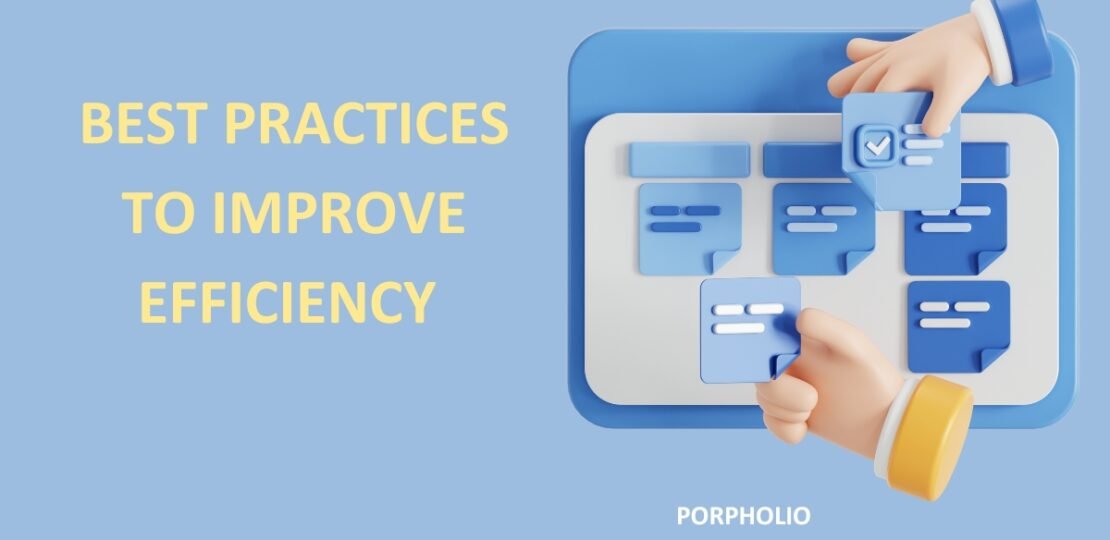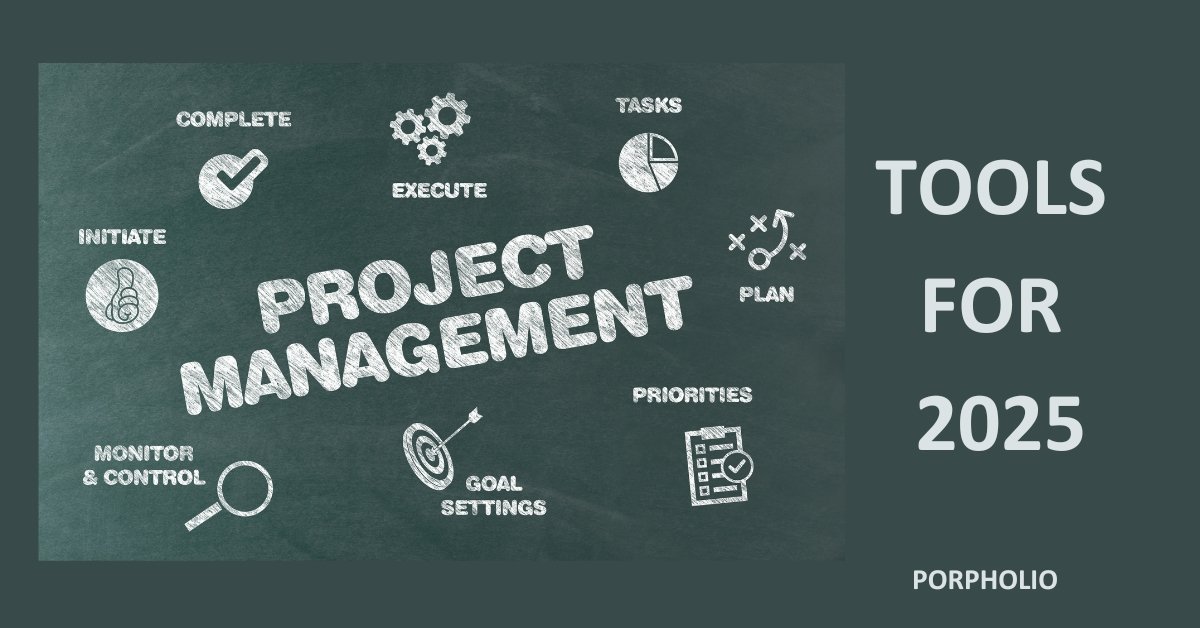Best Practices for Ensuring Efficiency Within a Project Team
December 29, 2024 | by PTech Hub

Efficiency is the cornerstone of a successful project team. Streamlined workflows, clear communication, and well-defined roles contribute to achieving project goals on time and within budget. Here are some best practices to help your project team maximize efficiency and productivity:
1. Define Clear Roles and Responsibilities
Unclear roles can lead to confusion and duplicated efforts. Define each team member’s responsibilities early in the project.
How to Implement:
- Create a RACI matrix (Responsible, Accountable, Consulted, Informed).
- Ensure each team member knows their tasks and deliverables.
- Regularly revisit and update roles as the project evolves.
2. Foster Open Communication
Effective communication minimizes misunderstandings and ensures alignment across the team.
How to Implement:
- Use collaboration tools like Slack, Microsoft Teams, or Zoom for real-time updates.
- Hold regular stand-up meetings to track progress and address blockers.
- Encourage a culture of transparency where team members feel comfortable sharing concerns or ideas.
3. Set Clear Goals and Milestones
Without well-defined objectives, teams may lack focus and direction.
How to Implement:
- Break down the project into smaller, manageable milestones.
- Use SMART criteria (Specific, Measurable, Achievable, Relevant, Time-bound) for goal setting.
- Regularly monitor progress against milestones and adjust timelines if necessary.
4. Utilize Project Management Tools
The right tools can help organize tasks, track progress, and foster collaboration.
Recommended Tools:
- Task Management: Asana, Monday.com, Trello.
- Progress Tracking: Jira, ClickUp.
- Documentation and Collaboration: Notion, Google Workspace.
5. Prioritize and Manage Workload Effectively
Overloading team members can lead to burnout, while underutilization can reduce motivation.
How to Implement:
- Use workload management features in tools like ClickUp or Smartsheet.
- Conduct weekly check-ins to assess task progress and reassign work if needed.
- Encourage a work-life balance to maintain team morale and productivity.
6. Embrace Agile Practices
Agile methodologies, such as Scrum or Kanban, encourage iterative progress and adaptability.
How to Implement:
- Conduct sprints with clear goals and timeframes.
- Use Kanban boards to visualize tasks and workflows.
- Regularly review and refine processes during sprint retrospectives.
7. Encourage Collaboration and Teamwork
A collaborative team is more likely to achieve project success by leveraging diverse skills and perspectives.
How to Implement:
- Use brainstorming sessions to foster creativity and innovation.
- Establish cross-functional teams to enhance collaboration between departments.
- Recognize and reward team contributions to build a positive team culture.
8. Focus on Risk Management
Anticipating and mitigating risks ensures that unforeseen challenges don’t derail the project.
How to Implement:
- Identify potential risks during the project planning phase.
- Develop contingency plans for high-priority risks.
- Use risk-tracking tools to monitor and address issues proactively.
9. Automate Repetitive Tasks
Automation can save time and reduce errors in routine activities.
How to Implement:
- Automate reporting with tools like Power BI or Tableau.
- Use scripts or macros for data processing tasks.
- Implement workflows in project management tools to automate task assignments or notifications.
10. Conduct Regular Reviews and Feedback Sessions
Frequent reviews help identify bottlenecks and areas for improvement.
How to Implement:
- Schedule weekly or bi-weekly team check-ins to review progress.
- Use one-on-one meetings to gather individual feedback.
- Conduct a final project retrospective to document lessons learned.
11. Promote a Culture of Accountability
Accountability ensures that everyone takes ownership of their tasks and contributes to the project’s success.
How to Implement:
- Clearly define deadlines and deliverables.
- Track task progress using project management tools.
- Hold team members accountable through constructive feedback.
12. Invest in Training and Development
Well-trained team members are more confident and efficient in their roles.
How to Implement:
- Provide training on new tools or methodologies.
- Encourage team members to pursue certifications or attend workshops.
- Create a mentorship program within the team to share knowledge and skills.
Conclusion
By implementing these best practices, project teams can boost efficiency, minimize delays, and achieve their goals with greater ease. Efficiency isn’t just about working harder—it’s about working smarter, leveraging the right tools, fostering a collaborative environment, and continually refining processes.
RELATED POSTS
View all


